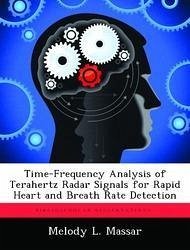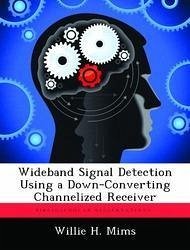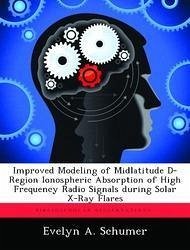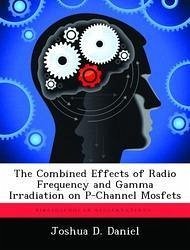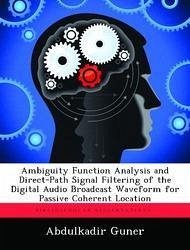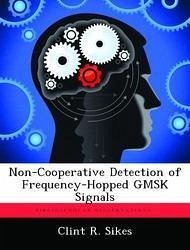
Non-Cooperative Detection of Frequency-Hopped GMSK Signals
Versandkostenfrei!
Versandfertig in über 4 Wochen
52,99 €
inkl. MwSt.
Weitere Ausgaben:

PAYBACK Punkte
26 °P sammeln!
Many current and emerging communication signals use Gaussian Minimum Shift Keyed (GMSK), Frequency-Hopped (FH) waveforms to reduce adjacent-channel interference while maintaining Low Probability of Intercept (LPI) characteristics. These waveforms appear in both military (Tactical Targeting Networking Technology, or TTNT) and civilian (Bluetooth) applications. This research develops wideband and channelized radiometer intercept receiver models to detect a GMSK-FH signal under a variety of conditions in a tactical communications environment. The signal of interest (SOI) and receivers have both f...
Many current and emerging communication signals use Gaussian Minimum Shift Keyed (GMSK), Frequency-Hopped (FH) waveforms to reduce adjacent-channel interference while maintaining Low Probability of Intercept (LPI) characteristics. These waveforms appear in both military (Tactical Targeting Networking Technology, or TTNT) and civilian (Bluetooth) applications. This research develops wideband and channelized radiometer intercept receiver models to detect a GMSK-FH signal under a variety of conditions in a tactical communications environment. The signal of interest (SOI) and receivers have both fixed and variable parameters.



